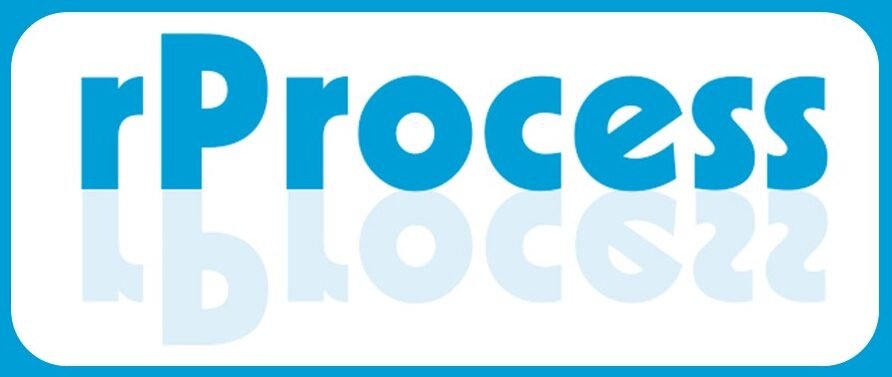
A solar inverter is a central component of a solar systems that connects the entire system. These inverters work as the brain of a solar system, converting DC (direct current) electricity from solar panels into AC (alternative current) electricity that can be used by home appliances and other electronics.
Solar inverters also know as solar power inverters and solar energy inverters. Most PV inverters on the market have peak efficiencies of more than 95%, with some reaching as high as 98%. It’s really important to choose the best inverter for your solar panels if you want to ensure peak performance. So, before making a decision, make sure you’ve done your research.
There are three types of solar inverters, each of which is available in two technologies. So, in order to select the best solar inverter, read the complete information given below.
Most of you may be wondering why we should use solar inverters at all. So, let’s find out what the answer is.
Solar panels generate direct current (DC) electricity, which is also stored in solar batteries. However, appliances, as well as the power grid, operate on alternating current (AC). As a result, all types of solar systems require a solar inverter to convert DC power into AC power.
Nowadays, there are smart/intelligent solar inverters on the market that will automatically match the required frequency, voltage, and so on with the electrical grid to run our load.
Let’s take a look at how a solar inverter works and the various types of inverters on the market.
When the sun shines on the solar panels during the day, electrons within the solar cells begin to move, producing DC power. This DC power is then fed directly into a solar inverter, which converts it to usable AC electricity. This AC electricity is the standard current used to power appliances in your home.
After converting the DC to AC, the inverter sends it to your connected load to power them. If you use an on-grid inverter, it sends excess electricity to the utility grid via solar net-metering.
Solar inverters are classified into three types: on-grid, off-grid, and hybrid inverters. All of these inverters can be further classified based on the input capacity that they accept, such as 12 volt DC, 24 volt DC, 48 volt DC, or even 96 volt DC. Without getting too technical, let’s take a closer look at the three main types of solar inverters.
1. On-Grid Solar Inverter
2. Off-Grid Solar Inverter
3. Hybrid Solar Inverter
1. On-Grid Solar Inverter: –
An on-grid inverter is also known as a grid-tie or grid-connected inverter, generally used with an on-grid solar system. This inverter automatically sends the excess electricity generated by the solar system into the utility grid via a bi-directional meter. The entire export/import process is known as net-metering.
On-grid inverters have the additional functionality of shutting down the solar system in case of a power outage. This is a safety feature known as Anti Islanding. This is done to prevent the line workers who are sent to fix the power grid.
1.1 On grid solar system for home:
This system doesn’t have battery backup, so during a power cut, you will not have access to power. On-grid solar power inverters are used for home and commercial use in urban and industrial areas where electricity bills are high.
2. Off-Grid Solar Inverter:
An off-grid solar power inverter, also known as a stand-alone inverter or solar battery inverter, is a device that is used in an off-grid solar system.
This inverter operates independently of the power grid and can’t feed electricity to the grid. It has no provision to tap into the grid electricity.
If a solar system is designed with an off-grid inverter, the panels are typically connected to a solar battery, which is then connected to an off-grid inverter.
In an off-grid solar system direct current (DC) generated by the solar panel is used to charge the solar battery. When there is a power cut, the inverter will draw stored energy from the solar battery, converting DC power from the battery to usable AC power for running electrical appliances.
3. Hybrid Solar Inverter
A hybrid inverter is a combination of on-grid and off-grid inverters. Under normal operating conditions it will supply power to your home, charge the solar battery and excess power will be fed into the grid.
In case of a power cut or the panels are not producing enough to meet the load, the unit will automatically switch over to battery supply and continue to operate independently from the electricity grid. This smart feature is very useful when the solar panels are not producing enough electricity and the batteries are getting drained.
The advantage of using a hybrid inverter is that it can feed excess electricity to the grid and take advantage of net metering. These all-in-one modern inverters are highly versatile. A hybrid inverter system can be used in both high power cut areas or areas where there is rare or very less power cut.
Feel free to reach out to us for more details.
